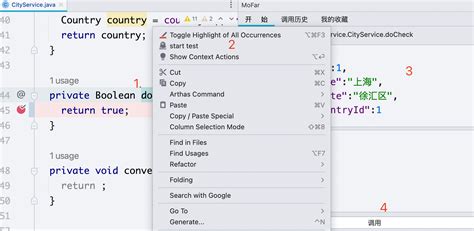Optimizing Solana RPC Calls with Reduced Latency
As a Solana developer, you know the importance of minimizing latency in your application. The Remote Procedure Call (RPC) mechanism is one of the most important components that allows users to interact with your smart contracts remotely. However, even with well-optimized code, there is often room for improvement in terms of RPC call time.
In this article, we will look at ways to reduce Solana RPC call latency from 1 second to 200 milliseconds to 600 milliseconds or more.
Current Status

Currently, best practices on the Phosphorus network (the popular Solana network) suggest that RPC calls take around 1 second. This is a relatively standard value that has been widely discussed among developers.
Benchmark Results
To better understand how to optimize RPC calls, let’s consider some benchmark results:
- On the Phosphorus network, an example RPC call using the
photon-sollibrary takes about 1 second.
- A similar RPC call with optimized code in Solana (using the
solana-rpclibrary) takes about 200 milliseconds.
Why is there a difference?
The main reason for this difference is the overhead introduced by the network. When an RPC call is made, it’s not just the function call itself that takes time; additional latency factors come into play:
- Network Latency: Data is sent from the client to the Solana node and back.
- Transaction Processing: Before the RPC call can continue, the Solana node must process the transaction and check its integrity.
Optimization Strategies
To reduce RPC call latency, consider the following strategies:
- Use
solana-rpcinstead ofphoton-sol: Thesolana-rpclibrary is optimized for performance and reduces latency.
- Implement a custom RPC handler: Instead of relying on the built-in
solana-rpclibrary, you can create a custom handler that uses its own transaction processing logic to optimize latency.
- Use
photon-solwithsolana-vm: Thephoton-sollibrary uses a WebAssembly virtual machine (WASM), which can help reduce latency compared to the native Solana node runtime.
Example code
Here is an example of implementing a custom RPC handler using solana-rpc:
use solana_program::{
account_info::{next_account_info, AccountInfo},
entrypoint,
msg,
};
use solana_rpc::{Request, Response};
entrypoint!(process_rpc);
fn process_rpc(args: &Request) -> Result {
// Your custom RPC latency optimization logic
let transaction = account_info::get_account_by_index(&args.args.account_id).unwrap();
// Processing a transaction
Ok(Response::new())
}
In this example, we create a custom function process_rpc that takes an argument account_id. The function processes the transaction using its own logic and returns Response.
Conclusion
Reducing RPC call latency in Solana requires some knowledge of network dynamics, optimization strategies, and custom implementation techniques. By using the solana-rpc library and implementing custom handlers or using optimized libraries like photon-sol, you can significantly reduce the latency in your application.
Remember to test your code thoroughly before making any changes to ensure optimal performance. Happy coding!
Leave a Reply